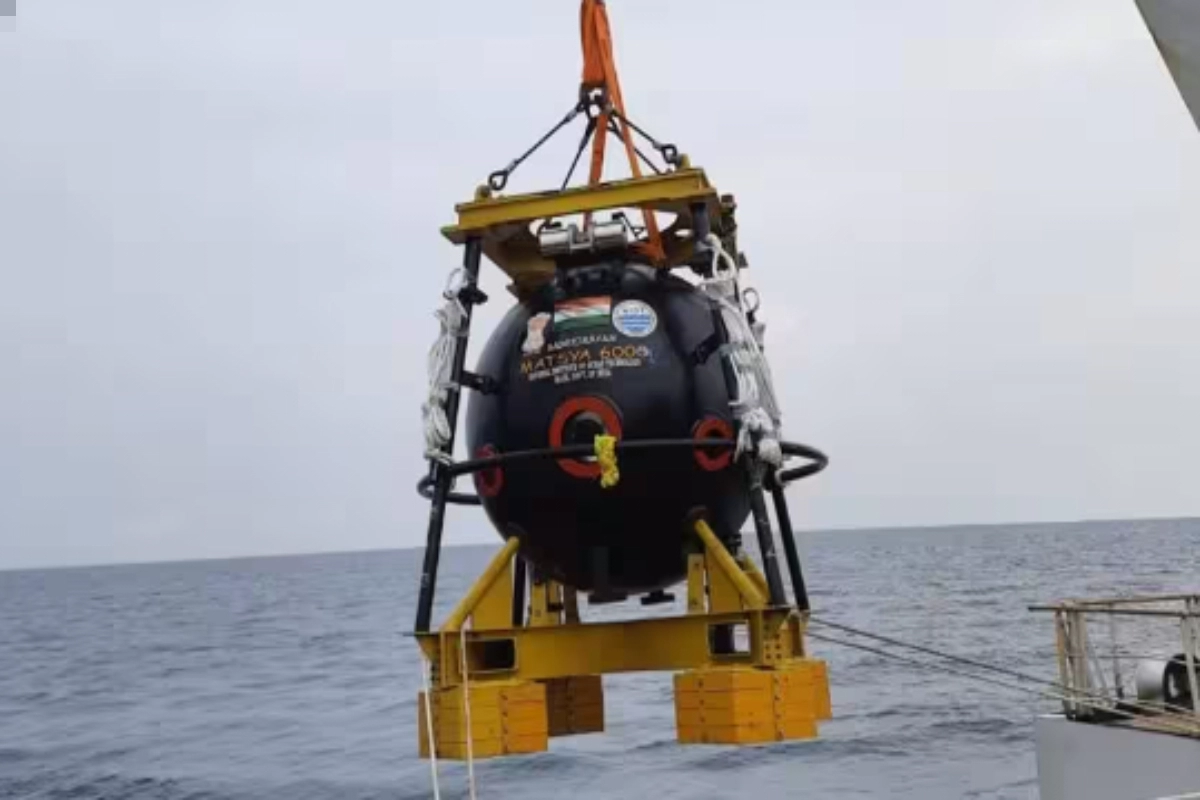Samudrayaan: India’s ambitious DOM programme is primarily carried out by the MoES. In 2021, the Union Cabinet approved DOM, which came at a phased five-year cost of nearly Rs 4,077 crore.
Innovative Deep-Sea Mining Technologies
creation of deep-sea mining technologies and a manned submersible that can descend to 6,000 metres below the ocean‘s surface with three people on board. A variety of scientific instruments, sensors, and an integrated system for extracting polymetallic nodules from the central Indian Ocean will be carried by the submersible.
Significance of 6000 Meters in DOM
Strategically, the choice to aim for a 6,000 m depth for the DOM is noteworthy. India has made a commitment to the sustainable exploitation of precious minerals, such as polymetallic sulphides and nodules. For this purpose, ISA has given India 10,000 sq. km. at 26° S and a 75,000-sq.-km. area in the central Indian Ocean.
Ocean’s Depths vs Space
It is true that exploring the ocean’s depths has proven to be more difficult than exploring space. The deep ocean’s high pressure is what makes a basic difference. Although the vacuum of space is almost perfect, an object one metre below the surface experiences the same pressure as if it were 10,000 kg heavier—the weight of an enormous adult elephant.
Crafting Robust Machinery for Ocean Exploration
Working in such high pressure situations calls for the use of carefully planned machinery made of sturdy metals or materials. In addition, vacuums and space are easier places for instruments and electronics to operate. On the other hand, shoddy constructions implode or collapse inside of water. Because the ocean floor is so muddy and soft, landing on it can be difficult. Because of this, heavy vehicles are very difficult to manoeuvre or land because they will always sink.
Keep watching our YouTube Channel ‘DNP INDIA’. Also, please subscribe and follow us on FACEBOOK, INSTAGRAM, and TWITTER






